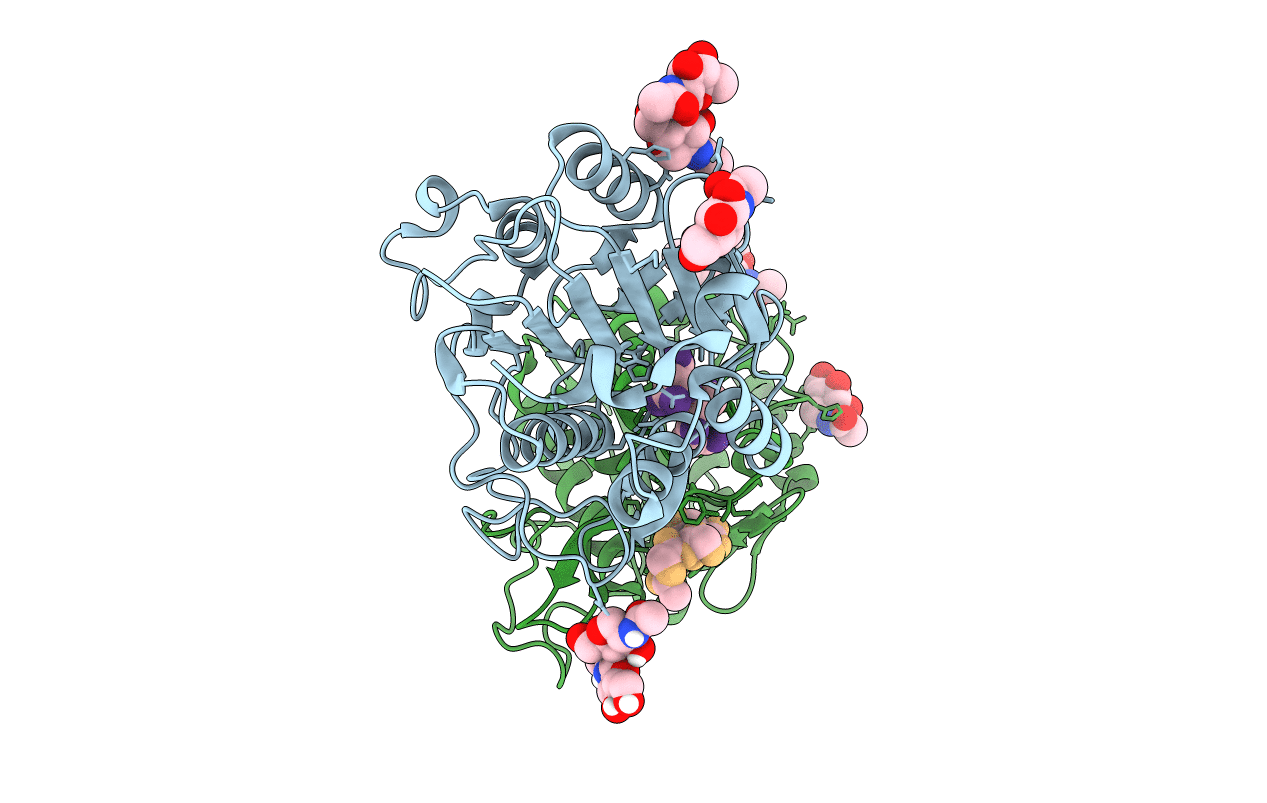
Deposition Date
2021-04-07
Release Date
2021-09-22
Last Version Date
2024-10-16
Entry Detail
PDB ID:
7O50
Keywords:
Title:
Crystal structure of human legumain in complex with Gly-Ser-Asn peptide
Biological Source:
Source Organism:
Homo sapiens (Taxon ID: 9606)
synthetic construct (Taxon ID: 32630)
synthetic construct (Taxon ID: 32630)
Host Organism:
Method Details:
Experimental Method:
Resolution:
1.90 Å
R-Value Free:
0.21
R-Value Work:
0.19
R-Value Observed:
0.19
Space Group:
P 21 21 21


